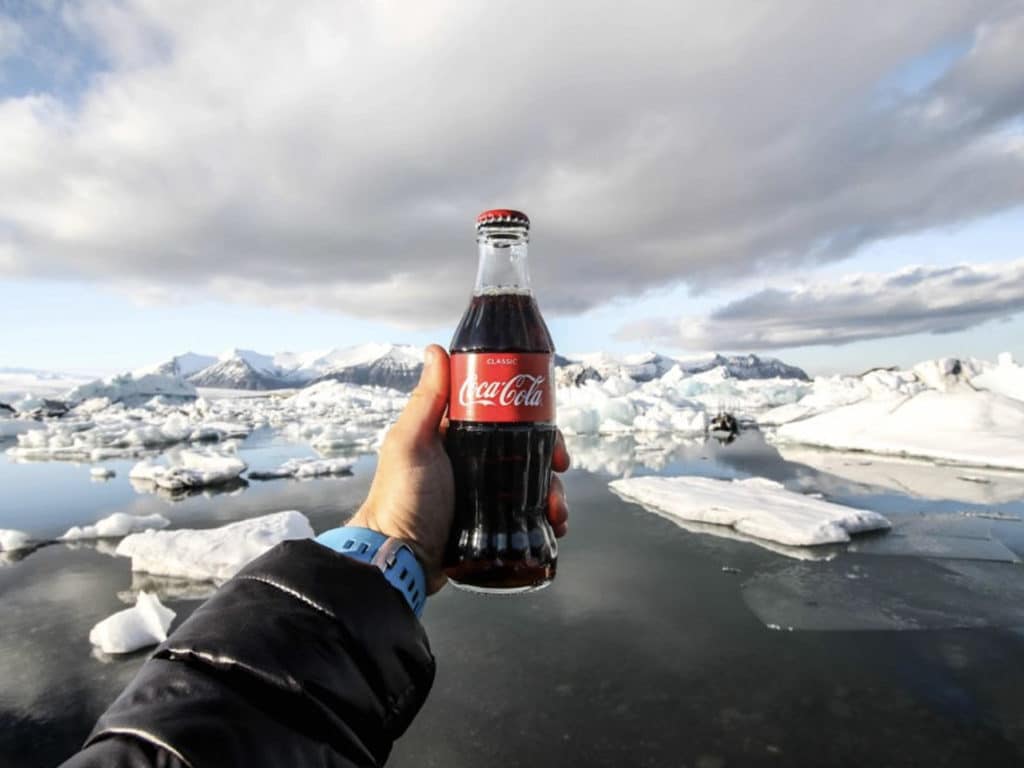Some consumers may be able to look past the negative environmental impact of plastic packaging when buying a plastic-wrapped product that they’ve been eyeing for months. But when it comes to their food, people are a bit more critical. With the growing concern over the presence of BPA in plastic food containers, more and more people are turning to glass packaging to store their food. Below, learn more about how glass food packaging is not only safer for people, but is a sustainable packaging option that is safer for the environment.
Safer for People
Bisphenol A, or BPA, is a chemical that is found in plastic packaging items, such as food storage containers, baby bottles and water coolers. Studies show that exposure to the chemical can affect the development of fetuses and children. One of the ways to avoid BPA is to start buying and storing food items in glass packaging rather than plastic. Because it is a 100% pure material, glass can protect food products’ flavor and smell, preserve the shelf life of the food contents, and will not leach chemicals into the food when heated in the microwave.
Safer for the Environment
Glass materials can be endlessly reused and recycled. For example, consumers can reuse glass jam jars to store food or even to store fresh flowers and decorate the home. Glass is 100% recyclable, and does not lose purity or quality of material when recycled. In addition, the production of glass does not create additional waste or by-products, and the manufacturing process lessens the demand for energy.
Besides being safer, glass just looks better, too. Pioneer Packaging is committed to providing sustainable packaging solutions, including glass packaging, corrugated materials, innovative packaging designs and more. Contact us today to learn more.




